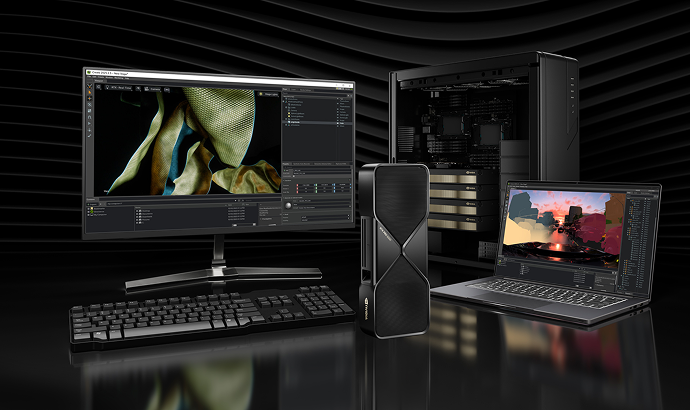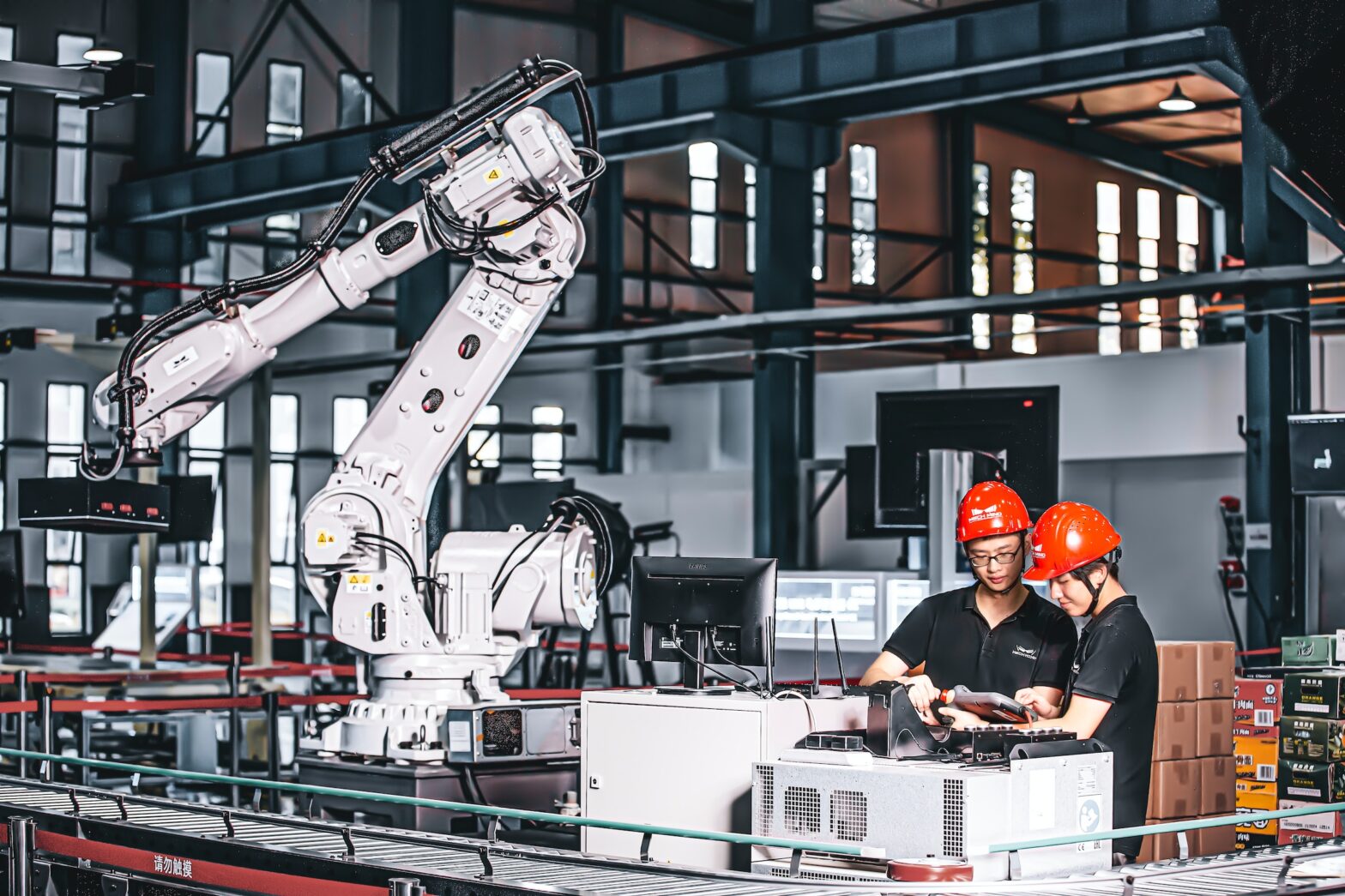
Edge Intelligence: Converging Edge Computing, IoT, and AI
Explore edge intelligence; discover its benefits and challenges, and learn how to incorporate it in your business.
7 minute read
•Manufacturing



Explore edge intelligence; discover its benefits and challenges, and learn how to incorporate it in your business.
7 minute read
•Manufacturing

Prepare for Industry 5.0 manufacturing with sustainable practices, human-machine collaboration, and an agile manufacturing approach.
8 minute read
•Manufacturing
We are writing frequenly. Don’t miss that.
Unregistered User
It seems you are not registered on this platform. Sign up in order to submit a comment.
Sign up now